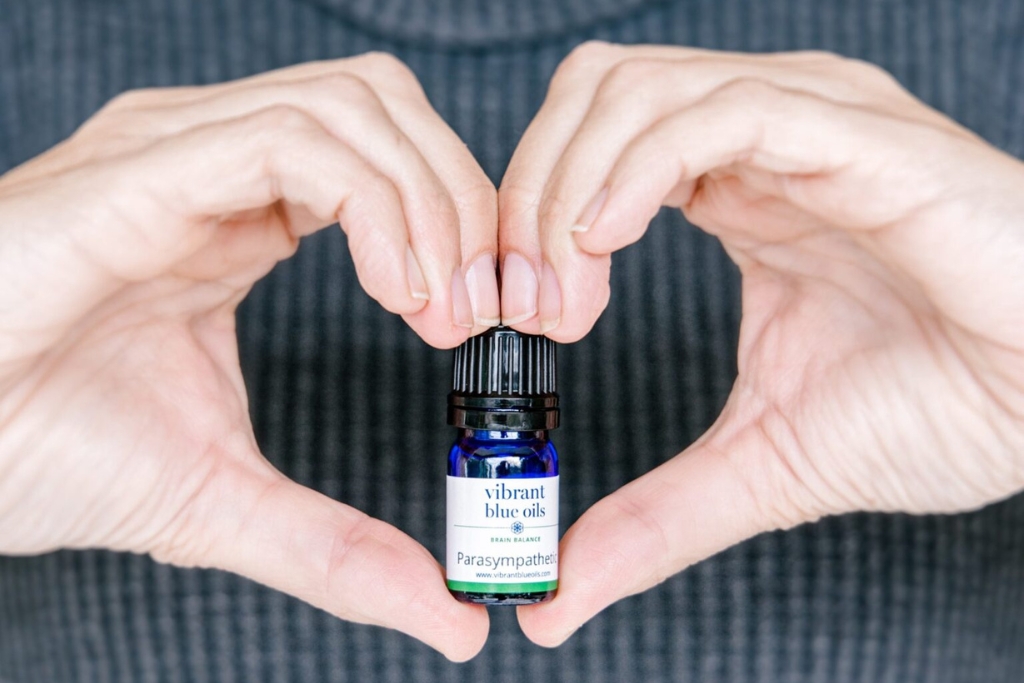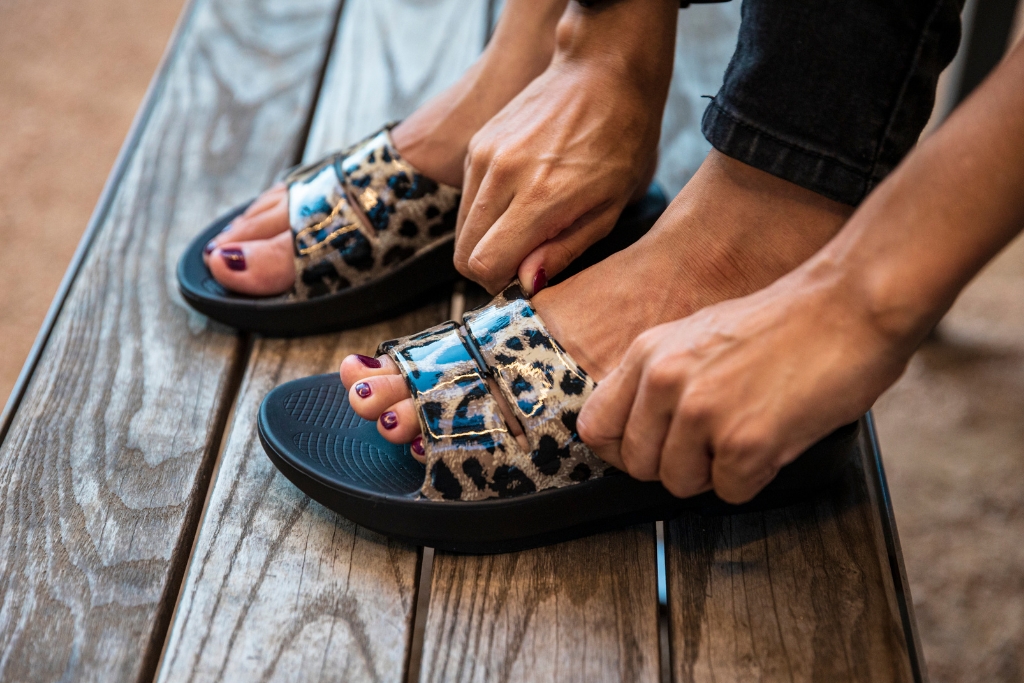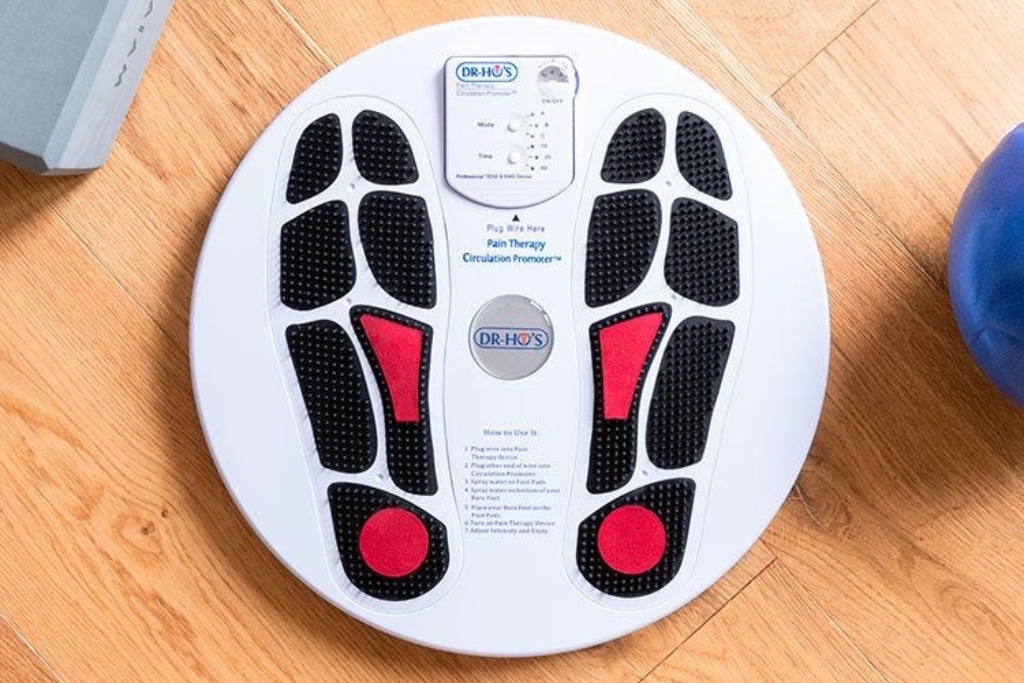Diabetes affects a significant portion of the U.S. population, with about one in every three adults grappling with this chronic condition.
Among the potential complications of diabetes, diabetic neuropathy stands out as a common concern. (1)
What is diabetic neuropathy? Diabetic neuropathy, also known as peripheral neuropathy, refers to nerve damage caused by diabetes due to the improper use of the hormone insulin. This nerve damage can happen throughout the body, but it most commonly affects nerves in the arms, legs, hands, and feet. While not everyone with diabetes experiences complications like neuropathy, studies indicate that 60% to 70% of diabetics may get some form of nerve pain from the damage caused by diabetes.
Similar to diabetes, there’s no definite medical “cure” for peripheral neuropathy. Rather, the focus is on ways to manage it, stop the progression, and heal the nerves whenever possible. It can be a dangerous problem to have, but fortunately, most people are able to keep it under control and potentially even heal from it by maintaining healthy blood sugar levels, changing their diets, and adopting a healthier lifestyle overall. All of which help control diabetes.
Diabetic Neuropathy Symptoms
Diabetes can impact multiple nerve types.
- Sensory nerves: These nerves relay sensory messages like touch, temperature, pain, and pressure.
- Motor nerves: These nerves relay motor messages for movements like walking, talking, and grasping objects.
- Autonomic nerves: These nerves control involuntary (or automatic) functions, such as heart rate, digestion, and breathing.
That’s why diabetic neuropathy can cause symptoms and complications in many areas of the body.
While symptoms in the feet and hands are the most common, diabetic neuropathy may affect any nerves outside of the brain and spinal cord.
Common neuropathy signs and symptoms include:
- Cramps
- Pain
- Tingling and numbness in the toes, hands, feet, legs, or elsewhere
- Sensitivity to touch
- Unusual sensations, like dripping water or crawling skin
- Loss of balance
- Dizziness and fainting
- Muscle wasting
- Low blood pressure, especially after standing up quickly
- Digestive problems
- Sexual dysfunction
- Frequent infections
- Body temperature regulation issues
- Damage to kidneys
- Damage to the nerves in the urinary tract
What Causes Diabetic Neuropathy?
Diabetic neuropathy is primarily caused by uncontrolled high levels of sugar in the blood over long periods of time. The elevated sugar can directly lead to damage in the nerves throughout the body. Over time, these persistently high blood sugar levels can affect the normal functioning of nerves, stopping their ability to transmit signals correctly.
Additional factors that make people more susceptible to complications of diabetes, including nerve damage, include: (2)
- Having diabetes for a long time
- Being overweight or obese
- Eating a poor diet
- Not exercising regularly
- High cholesterol or high blood pressure
- Autoimmune diseases that inflame nerves
- Physical injuries to nerves
- Smoking
7 Natural Diabetic Neuropathy Remedies for Nerve Pain
Diabetic neuropathy is a complex condition, but there are several natural strategies that individuals can incorporate into their lives to manage symptoms, slow progression, and encourage healing effectively.
1. Manage Blood Sugar Levels
Maintaining blood sugar within a healthy range must be the first priority for healthier nerves. Regular monitoring, eating a healthy diet, appropriate exercise, and working with a doctor to determine the need for diabetes medications or insulin therapy are crucial for personalized blood sugar management.
2. Eat a Healthy Diet
Food choices significantly impact blood sugar levels, making dietary adjustments a crucial starting point for managing diabetic symptoms and complications like diabetic neuropathy.
Build your diet around unprocessed, whole foods, and cut back on refined carbs, added sugars, and sugary drinks to help maintain stable blood sugar levels.
Implementing this involves opting for water or herbal tea instead of soda, juice, or sweetened beverages. Emphasize healthy fats and lean proteins over refined carbohydrates, reduce packaged foods, always watch labels for added sugars, and manage weight through cooking techniques like roasting, baking, steaming, or broiling rather than frying.
In your diabetes diet plan, include plenty of high-fiber foods rich in nutrients but low in sugar, like fresh veggies and fruits to feel satisfied. Incorporate wild-caught fish for beneficial omega-3 fatty acids, healthy fats like coconut oil and olive oil, and lean protein sources like grass-fed beef, pasture-raised poultry, cage-free eggs, and sprouted beans/legumes. Stevia, a natural no-calorie sweetener, can be a substitute for table sugar.
Additional tips for blood sugar management through diet include minimizing grain intake, especially refined wheat flour, restricting high-sodium foods to 2,300 milligrams per day for blood pressure control, and ensuring hydration with six to eight eight-ounce glasses of water daily.
Keep an eye on portion sizes, consider measuring for a while to learn appropriate servings, track your daily food intake in a journal, stick to regular meal and snack times, and pack your own nutritious lunch and snacks for work or school.
3. Exercise Regularly
Regular physical activity is beneficial for diabetes management and, consequently, diabetic neuropathy. Low-impact exercises like cycling, swimming, or walking improve insulin sensitivity, lower blood glucose, and protect nerves by enhancing circulation. A 2012 study published in the Journal of Diabetes Complications found that regular exercise caused a significant reduction in pain and damaged nerve symptoms in diabetics and increased nerve fiber branching. (3)
Exercising for 30-60 minutes a day helps your body respond better to inulin and lower blood glucose. In fact, many diabetics who adopt a low-impact daily exercise routine are able to take less medication.
Exercise also helps protect nerves by improving circulation and lowering stress. Both of which can raise your glucose levels and increase inflammation.
4. Manage Stress
Chronic stress causes chronic inflammation, increasing the likelihood of complications like diabetic neuropathy and nerve pain in diabetics. Engaging in activities such as exercise, meditation, healing prayer, dedicating time to hobbies, immersing in nature, and fostering connections with family and friends are natural stress-relieving strategies worth exploring.
5. Reduce Exposure to Toxins
Lowering exposure to toxins is essential for overall health, including damaged nerves. Mindfully reduce the toxins in your food and personal environment as much as possible. Focus on adopting organic foods, natural cleaning products, and natural beauty products, and avoid unnecessary prescriptions, smoking, recreational drugs, and alcohol. (4)
6. Support Nerve Health
Supplementing with essential nutrients needed for nerves to thrive can be incorporated into a natural remedy plan to help protect nerves from further damage, promote nerve regeneration, and help relieve symptoms like nerve pain.
- Alpha-lipoic acid: an anti-inflammatory shown to improve insulin sensitivity and defend against neuropathy. Daily doses of 300–1,200 milligrams are recommended. (5)
- Evening primrose oil: known for its anti-inflammatory properties, it may help reduce neuropathy symptoms. A daily intake of 360 milligrams is suggested. (6)
- Chromium picolinate: helps improve insulin sensitivity. A daily intake of 600 micrograms is recommended.
- Omega-3 fish oil: lowers inflammation. A daily intake of 1,000 milligrams is recommended.
- Vitamin B12: diabetics may be deficient in this nutrient, which can worsen nerve damage. (7)
7. Protect Skin
Always pay close attention to your skin, a very important part of preventing complications of nerve damage from diabetes. (8) Inspect your feet, hands, legs, and skin looking for signs of sores, blisters, and ulcers. Wash your skin and feet carefully each day, being especially mindful in areas where skin folds and bacteria can build up. Cut your toenails carefully. See a doctor if you notice redness, swelling, or infection forming.
How to Sleep Better with Chronic Pain

Lack of sleep leads to an increased perception of pain. But also, chronic pain keeps…
You’re Not Alone. Help for Chronic Illness Patients.

Are you living with a chronic illness, like cancer, diabetes, fibromyalgia, or neuropathy? If so,…
Treating Your Pain by Changing Your Brain With Mindfulness

For half a century, patients with chronic pain were treated with potent prescription drugs; while…
The Surprising Connection Between Sleep Apnea, Diabetes and Nerve Damage

When is the last time you’ve had a good night’s right? More than fifty to…
4 Favorite Vibrant Blue Essential Oils for Nerve Pain

We may receive a small commission for products purchased in this review that support providing…
Oofos Shoes Provides 37% More Impact Absorption

Are you tired of dealing with persistent foot pain that seems to linger no matter…
Dr. Ho’s Blood Circulation Machine for Nerve Health

Good nerve health requires good blood circulation, its a vital factor for healing damaged nerves…
The Surprising Dangers of Vitamin B6 Supplements

Vitamins are essential for our well-being, and among them, vitamin B6 stands out for its…













